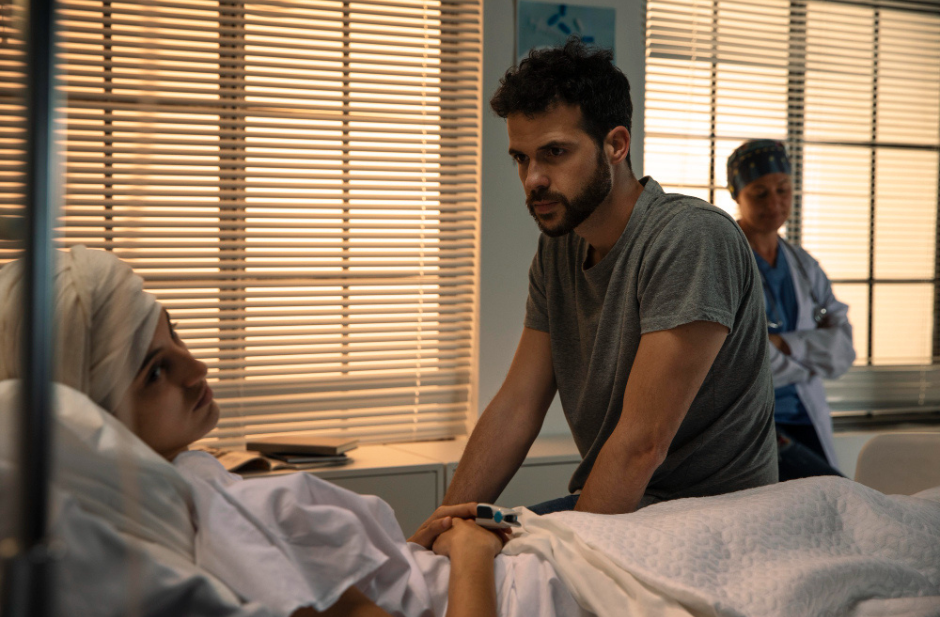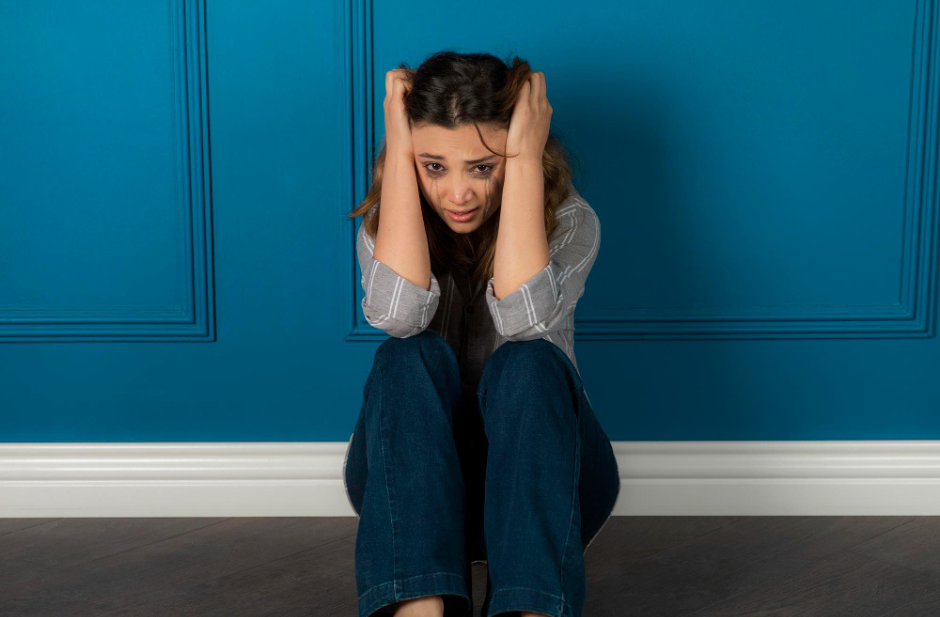Visit Las Vegas has confirmed that there are around 300 hotels and resorts in Las Vegas, housing more than 151,000 rooms. Despite sudden pressure and changing geopolitical factors, the industry trend remains positive.
However, one thing the hotel industry here often overlooks is the relationship between legal responsibilities and hotel design and maintenance, which can lead to complex lawsuits or hefty compensation.
Aesthetics is important. However, safety is more important to maintain the reputation and convince the visitors to keep coming back. Even design choices carry legal implications. A hotel injury lawyer reviews how these elements impact liability and helps identify where negligence may occur in building upkeep or layout.
Recently, two incidents of hotel injury in Las Vegas have caught my eye, and in both cases, the legal implications were quite severe.
A woman from California, Deborah Fenton, met with a “slip and fall” accident while staying at The Cosmopolitan in September 2021. She went to the Chandelier Bar and slipped and fell due to “dangerous ” conditions of the property, caused by glass and water.
A civil court awarded her compensation of $15 million.
In another recent case, the family of an old woman, Diana Truschke, who died a year after meeting with an accident with a faulty revolving door at the Trump International Hotel in Las Vegas, has filed a wrongful death lawsuit.
Truschke’s health deteriorated after the incident, and the family has now filed hotel injury claims of more than $15,000.
Both cases are an eye-opener about how the hotel industry in Las Vegas should understand the relationship between design and maintenance, and legal responsibilities.
The Overlooked Link Between Design And Duty Of Care
Now, in both cases mentioned, “negligence” and the physical and mental pain of the victim were the main grounds.
So, it is the legal responsibility of hotel owners to ensure that every visitor is safe. This duty is evident in spill cleanup and elevator maintenance, but it also applies to architectural design.
The risk of injury is increased by narrow hallways, uneven steps, slippery lobby floors, and poorly marked exits.
On the other hand, a well-lit, well-designed area will encourage safe movement. Something as basic as the placement of handrails or the selection of flooring materials affects compliance with safety regulations.
When Aesthetics Compromises Safety
- Opulent Decor
- Distinctive Design Elements
These are common elements to impress guests. However, not all aesthetic choices are safe. For example, are you choosing reflective surfaces for the most polished look? You are inviting risks then.
Reflective surfaces impact depth perception anyway. Furthermore, the decorative lighting in the hallways can make the perception difficult. In addition, if the decorative lighting in hallways is low, it can elevate the risk of sudden falls.
Moreover, for a contemporary look, many hotels choose open-concept staircases these days. These staircases do not have sufficient barriers.
Maintenance As A Reflection Of Legal Responsibility
A hotel’s maintenance practices reveal much about its commitment to safety.
- Regular inspections
- Prompt repairs
- Staff training
All these points contribute to a secure environment.
Common maintenance failures include:
- Burnt-out lighting in stairwells
- Loose tiles
- Malfunctioning automatic doors
- Unstable or missing handrails.
The Importance Of Proper Lighting And Visibility
One of the most overlooked aspects of hotel safety is lighting. Insufficient lighting in parking lots, walkways, and hallways can raise the possibility of accidents, including falls. In addition to increasing visibility, good lighting also makes visitors feel more secure.
Well-lit areas help guests navigate safely at night, identify obstacles, and locate exits in emergencies. From a legal standpoint, a lack of lighting can be considered negligence if it contributes to an accident that simple maintenance or design adjustments could have prevented.
Accessibility And Compliance With Building Codes
Hotels are required to comply with local building codes and accessibility standards such as the Americans with Disabilities Act (ADA). These laws ensure that all guests, regardless of physical ability, can move safely and comfortably within the property.
- Accessible ramps
- Wide doorways
- Adequately equipped bathrooms
These elements are not just conveniences. They are legal requirements. Regular audits by safety consultants or legal professionals can help ensure ongoing compliance and prevent future disputes.
How Legal Guidance Supports Prevention And Accountability
It takes specialized legal knowledge to understand how design, maintenance, and liability interact. Hotel operators can find weak points before they lead to injury claims with the assistance of premises liability attorneys. To ensure the property meets both practical and legal requirements, they can review the following.
- Design plans
- Maintenance records
- Safety protocols.
An attorney can also collect evidence, assess whether negligence was a factor in the accident, and represent injured parties pursuing damages.
How Much Hotel Injury Claims Can A Guest Make In Las Vegas?
In the Deborah Fenton case, she received, “$12.3m for future pain and suffering, $1.4m for “past physical pain, mental pain, suffering, anguish, disability and loss of enjoyment of life,” $976,614 for future medical expenses and $261,751 for past medical expenses.” according to a report on the Independent.
Also, for the Diana Truschke case, the compensation was over $15000.
So, you cannot set a range for the hotel injury claims made by the victims. It depends on the following factors.
- Severity of the Injury
- Long-lasting Implications
- Lost wages
- Medical expenses
- Pain and suffering
- Negligence of the hotel
Your Legal Guide On Hotel Injury Claims: Balancing Beauty With Responsibility
It’s true that, as guests, we notice the decor of a hotel first. However, safety is something we assume or take for granted without explicitly mentioning it. Also, for a hotel owner, ensuring safety is the main way to build loyalty and trust.
So, the design has to be thoughtful and compliant with the local regulations. In addition, the upkeep needs to be consistent. Thus, a hotel can reduce or eliminate the risks of accidents and the legal implications that follow them.
As a result, when designing a hotel property, you must consult a knowledgeable hotel injury lawyer. They will ensure that every aspect of the property, from lighting to layout, aligns with both hospitality goals and legal obligations.
















